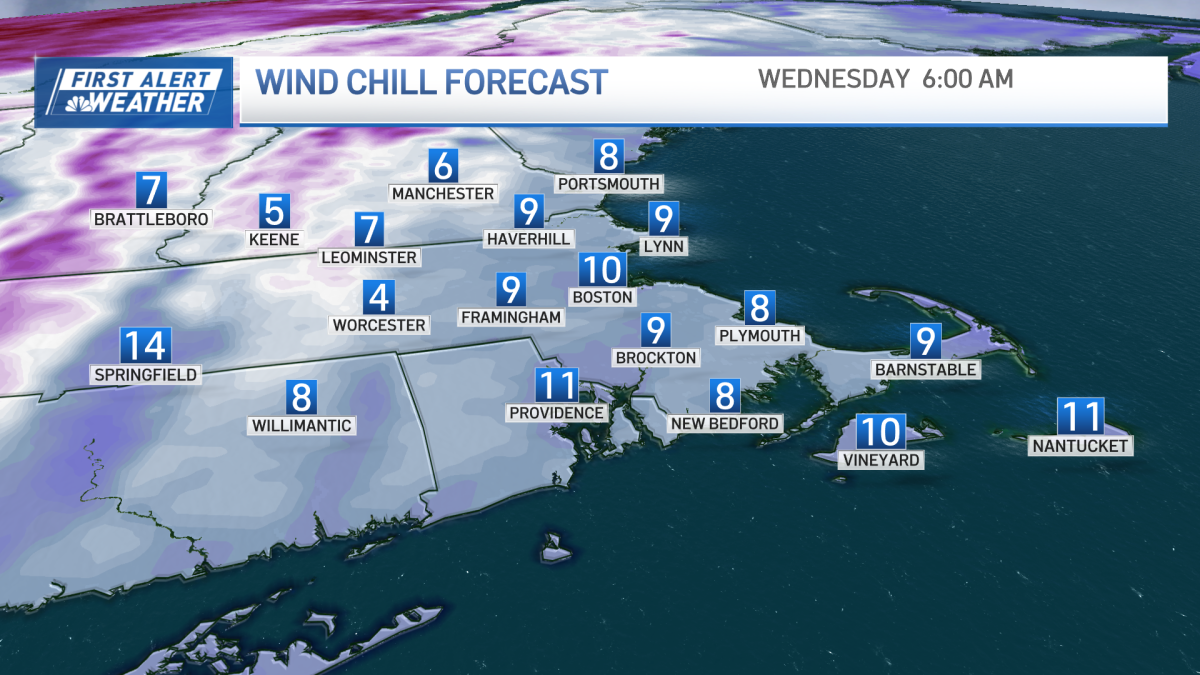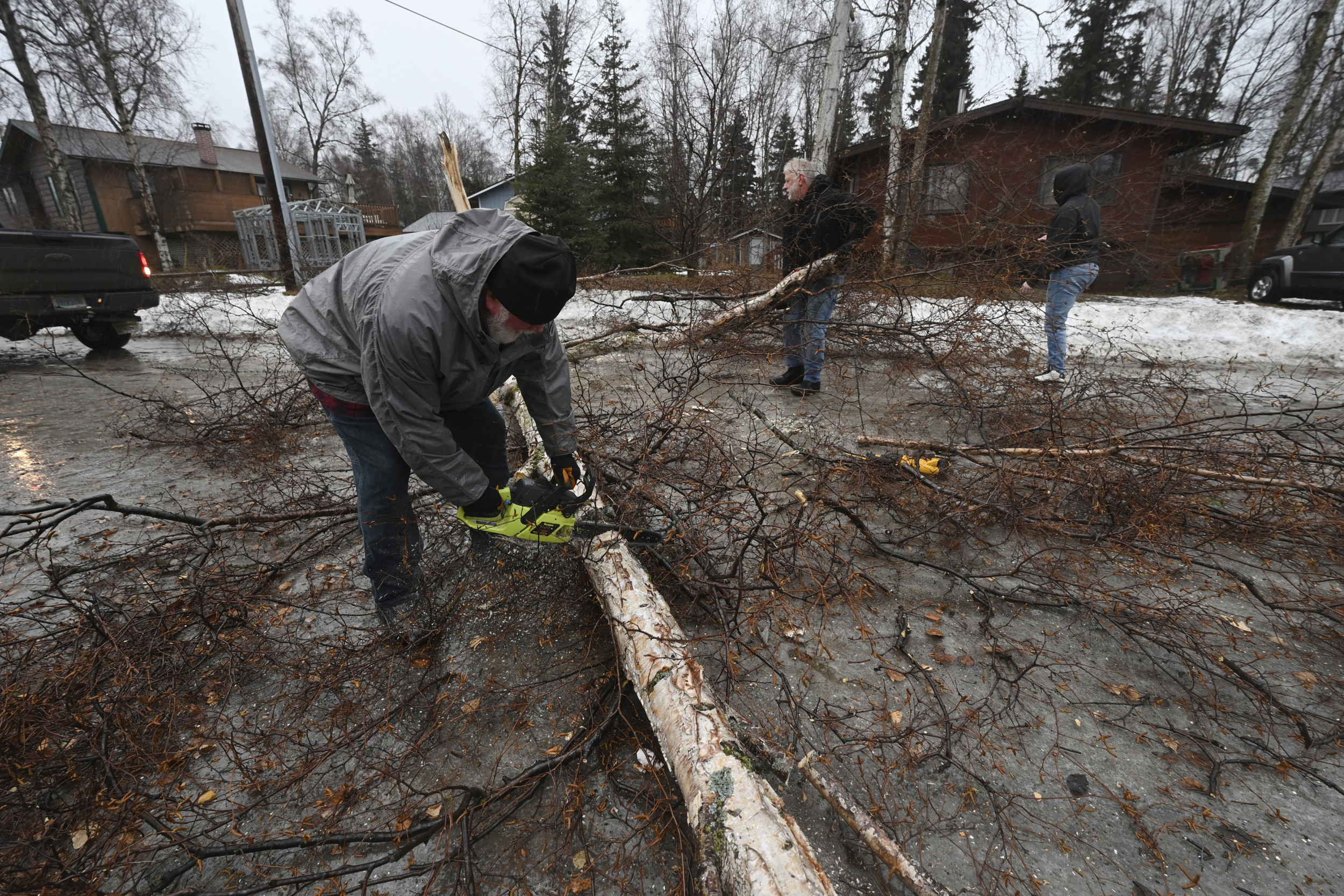Chum salmon, a species that has faltered in the Interior Alaska river systems, are now reproducing farther north in some North Slope rivers, researchers have confirmed.
A University of Alaska Fairbanks team last month found about 100 chum salmon that were spawning or had just spawned in the Anaktuvuk and Itkillik rivers. The rivers are tributaries of the Colville River, which flows into the Arctic Ocean.
The discovery of salmon that far north was not a surprise since all five species of Alaska salmon have been spotted in the Arctic, said Peter Westley, an associate professor at UAF’s College of Fisheries and Ocean Sciences and leader of the project.
But the discovery of so many spawning chum in the Colville tributaries was gratifying and supports scientists’ hypothesis that salmon are shifting their range north as climate change warms their more southern habitat, he said.
“I was just really happy to see it all come together,” said Westley, who is studing salmon population shifts. “It felt like we were kind of looking for a needle in a haystack.”
The findings confirm local reports of chum salmon swimming in North Slope rivers. And the UAF work follows a previous discovery of a single juvenile chum salmon in a Beaufort Sea lagoon, an earlier piece of evidence that the species is starting to reproduce at that high latitude.
Yet to be determined, he said, is the success of the chum spawning that his team found. The question is whether the salmon found on the North Slope are occasional strays or part of a more permanent change, he said: “Are they now a fixture in the ecology, or some years they’re there and some years they’re not?”
The team is doing follow-up work to track the results. That includes chemical and genetic analysis and readings from temperature sensors placed in the spots where the spawning chum were found, he said.
If liquid water remains there throughout the year, there is support for a more permanent chum salmon presence, he said. “If they freeze solid, it’s pretty much the end of the road,” he said. “Salmon eggs can’t survive if they freeze.”
So far, pink salmon have been the species most frequently observed in higher latitudes, Westley said. Pink salmon have short life cycles, only two years long, so that makes quicker population shifts more feasible, according to scientists.
The body of a female chum salmon found on the North Slope, seen on Sept. 22, still has some eggs inside. About 100 chum spawning chum salmon were found in two North Slope rivers by a University of Alaska Fairbanks team. (Photo provided by Peter Westley/UAF)
Chum salmon, though they spend multiple years in the ocean, have a trait in common with pinks that might also make a northward range shift more feasible, Westley said. Like pinks but unlike sockeye, coho or Chinook salmon, chum salmon spend very little time in freshwater. “They really only use the rivers for spawning,” he said.
The catalyst for the spawning-salmon project was an Arctic salmon workshop held by the Alaska Sea Grant program in Anchorage last December.
One North Slope resident who participated in the workshop, Robert Thompson of Kaktovik, confirmed the growing presence of salmon on the North Slope.
“When I first came here, if someone got a salmon, it was the talk of the town,” said Thompson, who began living part-time in Kaktovik in the 1970s and moved there permanently in 1988. Now, he said, salmon are caught regularly, albeit in low numbers.
“I’ve caught a fish of each species — king, silvers, reds, chum and pink,” he said, using alternate names for Chinook, coho and sockeye.
The emergence of salmon on the North Slope is similar to another change in the waters where local people harvest whitefish, Thompson said. “We’ve got a species that’s moving in, the saffron cod,” he said.
Research led by the U.S. Geological Survey found that saffron cod, a more southern fish species than Arctic cod, have increased up to 19-fold in the past three decades in Beaufort Sea lagoons near Kaktovik.
There is some concern that saffron cod might crowd out other fish species on which local people depend, Thompson said.
“They could, when you have only so much food for them,” he said.
For salmon, there are also varying opinions as to whether the northward shift is good or bad.
In Nome and the rest of Western Alaska’s Norton Sound region, commercial fishers are taking advantage of the increasing pink salmon numbers. Last year in Norton Sound, more pinks were harvested commercially than any other salmon species, according to the Alaska Department of Fish and Game. That followed an unexpectedly large pink salmon harvest in 2021.
But in Norway, pink salmon are considered an invasive species. There, pink salmon compete for food with the more prized Atlantic salmon, and rotting post-spawning pink carcasses are seen as sources of pollution.
On the North Slope, the presence of salmon might be beneficial, Thompson said. He is planning to use a large-mesh net next year to try to catch more of them, he said.
“It would be nice if they would get established up here because they’re going away in other places,” he said.
Thompson referred to salmon collapses farther south, in the Yukon and Kuskokwim river systems and elsewhere, and he blamed the warming climate.
“I don’t think people are taking climate change seriously enough,” he said. “When you’ve got the whole Yukon River shut down and they’ve been fishing there for thousands of years, that’s really serious.”
Originally published by the Alaska Beacon, an independent, nonpartisan news organization that covers Alaska state government.

:quality(70)/cloudfront-us-east-1.images.arcpublishing.com/adn/CFZGGESZRZDRPL2VWXXDLYLCWQ.jpeg)





















/cdn.vox-cdn.com/uploads/chorus_asset/file/25822586/STK169_ZUCKERBERG_MAGA_STKS491_CVIRGINIA_A.jpg)

/cdn.vox-cdn.com/uploads/chorus_asset/file/25821992/videoframe_720397.png)


